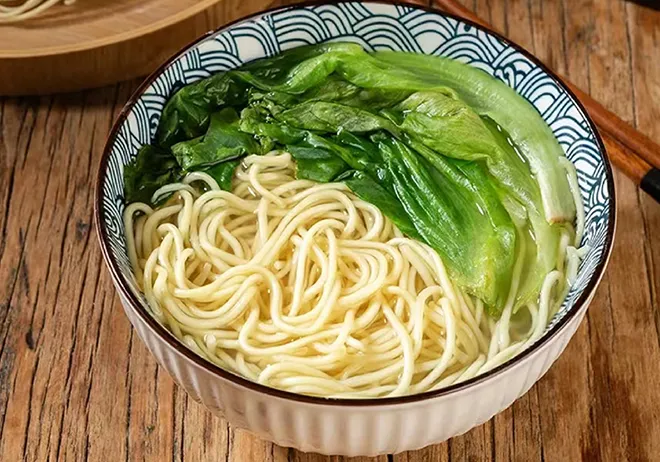Italian Style Noodles A Delicious Twist on Classic Egg Pasta Dishes
Italian Egg Noodles A Culinary Delight
Italian cuisine is celebrated for its rich flavors and diverse ingredients, deeply rooted in tradition and regional variations. Among the many delightful offerings, Italian egg noodles stand out for their versatility and unique texture. These noodles, known as pasta all'uovo in Italian, are made from a simple blend of flour, eggs, and salt, creating a base that can be transformed into an array of delicious dishes. This article explores the origins, preparation, and culinary uses of Italian egg noodles, showcasing their place in the heart of Italian cooking.
Origins and Tradition
The tradition of making egg noodles in Italy dates back centuries. While pasta in general has ancient origins, the use of eggs in noodle-making is particularly associated with the northern regions of Italy, such as Emilia-Romagna and Piedmont. These areas are known for their rich agricultural land, providing the essential ingredients for pasta-making. The locals historically utilized the fresh, high-quality eggs from their farms to enrich the pasta dough, giving it a delicate flavor and a beautiful golden hue.
Egg noodles were traditionally handmade, with families passing down recipes and techniques through generations. Each family often had their own unique spin on the basic recipe, resulting in a variety of shapes and sizes. This artisanal approach to noodle-making not only ensured fresh pasta but also fostered a strong community bond, where neighbors would gather to share their skills and culinary secrets.
The Art of Making Egg Noodles
Making Italian egg noodles at home is both an art and a science. The most basic recipe includes just flour, eggs, and a pinch of salt. The type of flour used can vary; 00 flour is preferred for its fine texture, but all-purpose flour or a blend can also be used. The process begins by creating a mound of flour on a clean surface, making a well in the center to hold the eggs. As the eggs are gradually incorporated into the flour, the mixture begins to form a dough.
italian egg noodles

Kneading is a crucial step, as it develops the gluten, resulting in a chewy and elastic noodle. Once the dough is smooth and firm, it should rest for at least 30 minutes to allow the gluten to relax. After resting, the dough can be rolled out thinly and cut into various shapes, such as tagliatelle, fettuccine, or lasagna sheets.
Cooking and Pairing
Cooking egg noodles is a straightforward process. Fresh pasta cooks quickly—typically within 2 to 4 minutes in boiling salted water—making it an ideal choice for busy weeknight meals. Once cooked, the noodles can be paired with a wide range of sauces, from the simplest butter and sage to rich tomato or creamy Alfredo sauces.
One of the classic dishes featuring Italian egg noodles is Tagliatelle al Ragù, commonly known as Bolognese sauce. The hearty meat sauce clings to the strands of tagliatelle, creating a comforting and satisfying meal that showcases the deliciousness of homemade noodles. Another popular dish is Fettuccine Alfredo, where the creaminess of the sauce beautifully complements the rich egg noodle, providing a luxurious dining experience.
Beyond traditional pairings, Italian egg noodles can also be used in more contemporary dishes. They can be incorporated into soups, stir-fries, or even tossed with vegetables and olive oil for a light, refreshing meal. Their adaptability makes them a favorite among chefs and home cooks alike.
Conclusion
Italian egg noodles embody the essence of Italian cooking—simple, high-quality ingredients combined with time-honored techniques to produce exquisite dishes. Whether shared at a family dinner or served at a festive gathering, these noodles bring a touch of tradition and warmth to the table. The process of making them, from kneading the dough to cooking the pasta, connects individuals to Italy’s rich culinary heritage. So next time you savor a plate of fresh egg noodles, remember the history, the craft, and the heart that goes into every delicious bite.
-
Unleash Your Inner Chef with Delectable Italian Pasta CreationsNewsAug.01,2025
-
Savor Health and Flavor: Irresistible Soba Noodles for Sale Await!NewsAug.01,2025
-
Nourish Your Body with Premium Organic Ramen - A Culinary Delight AwaitsNewsAug.01,2025
-
Elevate Your Dishes with Our Exquisite Kinds of Egg NoodlesNewsAug.01,2025
-
Dive into Flavorful Convenience with Our Ramen OfferingsNewsAug.01,2025
-
Discover Exquisite Types of Naengmyeon and Chilled Soba NoodlesNewsAug.01,2025
-
Is Whole Wheat Pasta Healthy?NewsMay.30,2025
Browse qua the following product new the we

















































































































